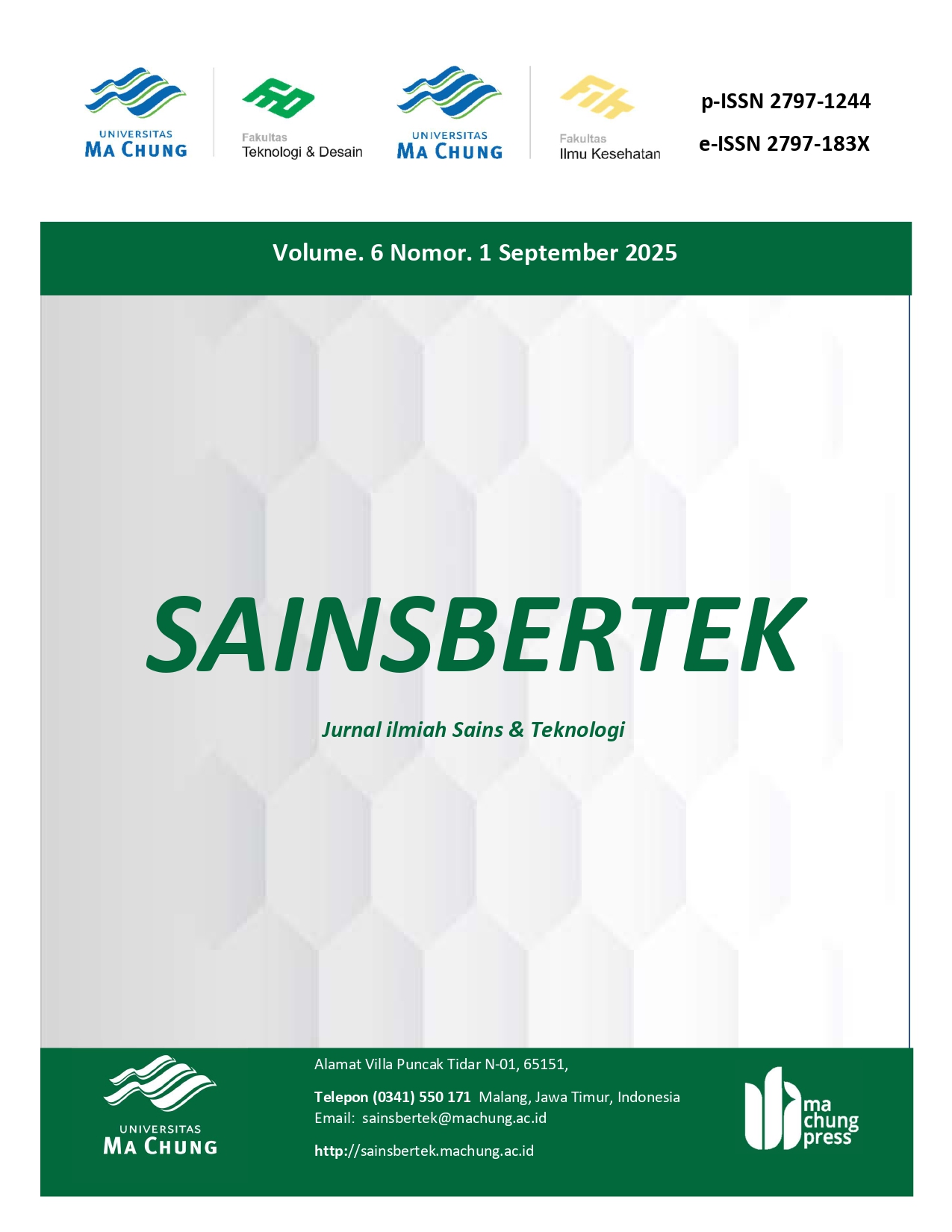PERANCANGAN UI MOBILE APPS “LORA” UNTUK MEMBANTU PROGRAM DIET PENGGUNA REMAJA HINGGA DEWASA DI INDONESIA
DOI:
https://doi.org/10.33479/sb.v6i1.388Keywords:
user interface design, diet application, mobile UI, design thinking, healthy lifestyleAbstract
The prevalence of obesity and overweight in Indonesia continues to rise, particularly among adolescents and adults. Unhealthy lifestyles and a lack of awareness regarding calorie intake management are among the main contributing factors. In response to this issue, this study aims to design the user interface (UI) of a mobile application called LORA, which serves as a supportive tool for diet programs by providing informative, interactive, and user-friendly features. This research adopts a descriptive qualitative method using the Design Thinking approach, which consists of five stages: empathize, define, ideate, prototype, and test. Data were collected through competitor analysis, user questionnaires, and user testing sessions involving an interactive prototype. The testing results indicate that most respondents found the interface easy to understand, visually appealing, and helpful in tracking their daily calorie intake. Based on these findings, it can be concluded that the UI design of the LORA application fulfills both functional and aesthetic user needs and holds potential as a digital solution to promote healthy lifestyle changes among adolescents and adults in Indonesia.
Downloads
References
Ariani, A. P. (2017). Gizi dan Diet. Jakarta: Trans Info Media.
Faiza, I. A., Tolle, H., & Nugraha, D. C. (2024). Inovasi Rancangan Aplikasi Gizi Nutrief dalam Optimalisasi Asupan Gizi Menggunakan Pendekatan Design Thinking. Jurnal Teknologi Informasi dan Ilmu Komputer (JTIIK), 1125-1136.
Fanani, L., Az-Zahra, H. M., Akbar, M. A., & Sianturi, R. S. (2023). User Experience Design for Nutrition Information Applications using Design Thinking. Jurnal Ilmu Komputer dan Teknologi Informasi, 43-50.
Gothelf, J. (2022). Lean UX: Applying Lean Principles to Improve User Experience. Sebastopol, California: O'Reilly Media.
Hakim, M. L., Hermawan, A., & Ikrimach. (2024). Pengembangan Aplikasi e-DietBerbasis Android untuk Meningkatkan PemahamanNutrisi BagiMasyarakat. JUKI : Jurnal Komputer dan Informatika, 182-192.
Lewrick, M., Link, P., & Leifer, L. (2018). The Design Thinking Playbook: Mindful Digital Transformation of Teams, Products, Services, Businesses and Ecosystems. Hoboken, New Jersey: John Wiley & Sons, Inc.
Liedtka, J., Salzman, R., & Azer, D. (2017). Design Thinking for the Greater Good: Innovation in the Social Sector. New York: Columbia Business School Publishing.
Mukhtafi, J., Nauha, U. N., Riona, V., & Saputra, Y. M. (2023). Penerapan Design Thinking untuk Pengembangan Nutrisiku: Aplikasi Manajemen Pemenuhan Nutrisi Ibu dan Anak Berbasis Artificial Intelligence. Buletin Pagelaran Mahasiswa Nasional Bidang Teknologi Informasi dan Komunikasi, 11-15.
Munandar, T. F., & Mutiaz, I. R. (2021). Mobile Application Design to Develop a Healthy Lifestyle with Balanced Nutrition for Young Adults. Advances in Social Science, Education and Humanities Research.
Saffer, D. (2023). Designing for Interaction: Creating Smart Applications and Clever Devices. Berkeley, California: New Riders Publishing.
Santhia, N. M., & Santiyasa, I. W. (2024). Perancangan User InterfaceAplikasi Layanan Kesehatan Mental Melalui Pendekatan Design Thinking. Jurnal Nasional Teknologi Informasi dan Aplikasinya, 791-800.
Shawenner, G., Okmayura, F., Angguni, M., & Syahputri, D. (2024). Implementasi Metode Design ThinkingDalam Perancangan UI/UX Pada Aplikasi “Resep Kita”. JURNAL FASILKOM, 156-165
Downloads
Published
Issue
Section
License
Copyright (c) 2025 Sainsbertek Jurnal Ilmiah Sains & Teknologi

This work is licensed under a Creative Commons Attribution-ShareAlike 4.0 International License.





